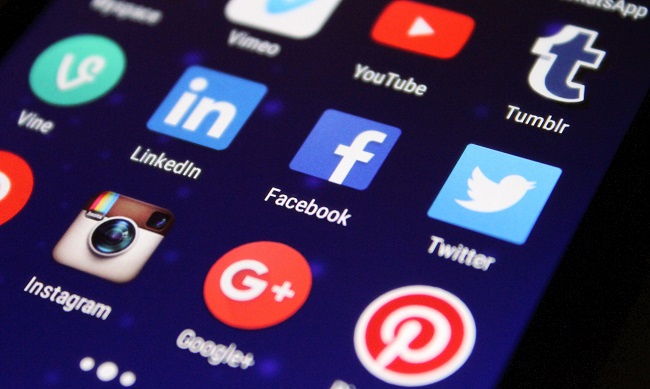Updates
-
Why You Shouldn’t Overshare on Social MediaJune 10, 2019

More than 3.3 billion people around the world are using social media to connect, share, and engage with others.1 According to Pew Research Center, social media usage has grown from 5% in 2005 to nearly 70% of Americans today.2Unfortunately, social media networks present more opportunities for fraudsters to steal your information. An innocent post about your trip out of town increases your risk of burglary. Completing an online quiz about your hometown or childhood may reveal answers to your online banking security questions.3
Educate Yourself and Your Children
According to Experian, consumers reveal an average of 3.4 types of personally identifiable information online,4 such as personal ID numbers, birthdays, home address, phone numbers, and log in credentials. Identity thieves, stalkers, and bullies can use this information to impersonate you, steal your identity, extort money from you, or harass you.
Fraudsters also use social media to carry out phishing attacks. For example, they may create an account to impersonate your favorite celebrity or brand and offer freebies to lure you into clicking on malicious links. To protect yourself and your children, it’s important to follow best practices and take control of your privacy settings5:
Facebook is the largest social network. Some information is always made publicly available, including your name, profile picture, cover photo, and gender. Use the site’s privacy settings to individually adjust how you share your photos, status updates, likes, etc. For the most security, avoid any public settings.
Instagram is especially popular for users younger than 35. It’s recommended to have a private account, but if you choose to keep your feed public, you should turn off your phone’s geo-location and the “Add to Your Photo Map” option to avoid sharing your whereabouts with everyone.
Twitter has 319 million monthly active users—but it’s estimated that up to 15% are bot accounts.6 You should make your Twitter account private, so only users approved by you can see your Tweets. Additional privacy controls help you avoid sharing location data, block apps, and report impersonation accounts and spam.
Snapchat appeals to younger social media users and allows users to send “Snaps” to their contacts. Once a user-set time limit expires, a message is hidden from the recipient’s device. However, it’s important to stress—especially with kids—that content is never completely private and you should discuss what’s ok and safe to share online. Additionally, you should always ignore or block unknown users who add you.
We have partnered with CyberScout to offer comprehensive identity management services. If you detect suspicious activity or would like to proactively protect your identity, contact us at 417-843-6265 to be connected to a CyberScout fraud expert.
1 We Are Social, 2018 Q4 Global Digital Statshot
2 Pew Research Center, Social Media Fact Sheet, pewinternet.org
3 Kent Lewis, “How Social Media Networks Facilitate Identity Fraud and Theft,” Octane Magazine, eonetwork.org
4 Sue Poremba, “What is Personally Identifiable Information,” Experian.com
5 “How to Manage Your Social Media Privacy Settings,” The University of Texas at Austin Center for Identity, identity.utexas.edu
6 Michael Newberg, “As many as 48 million Twitter accounts aren’t people, says study,” cnbc.com
